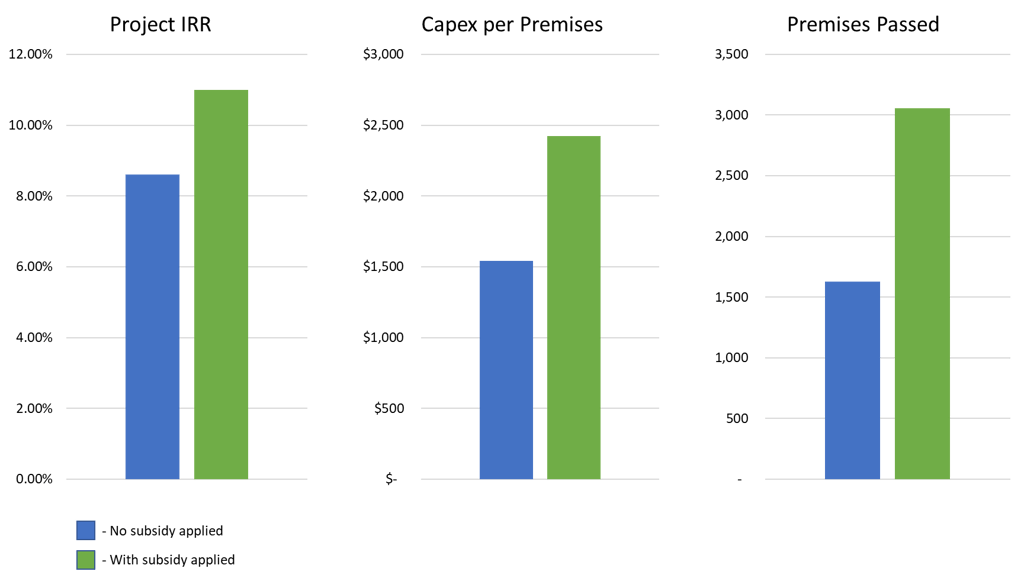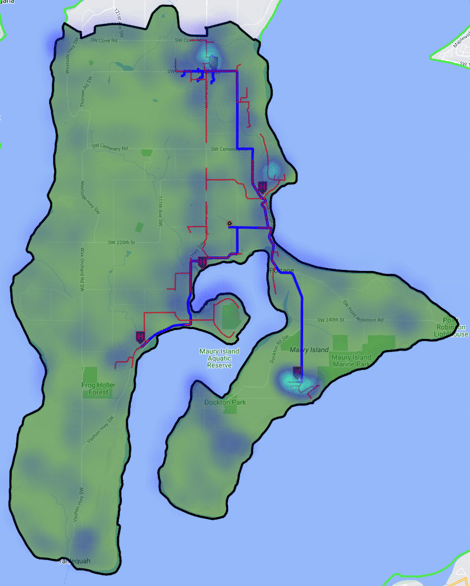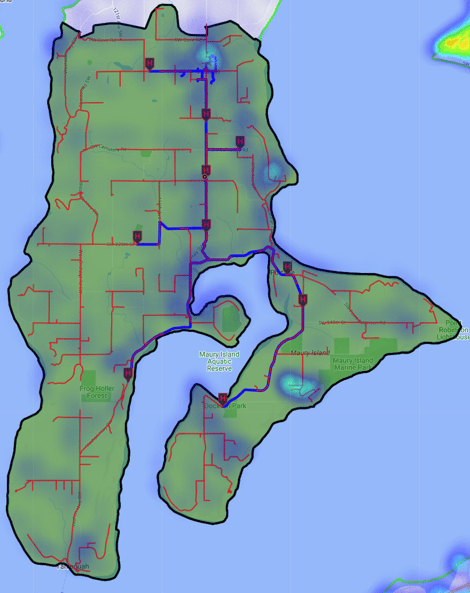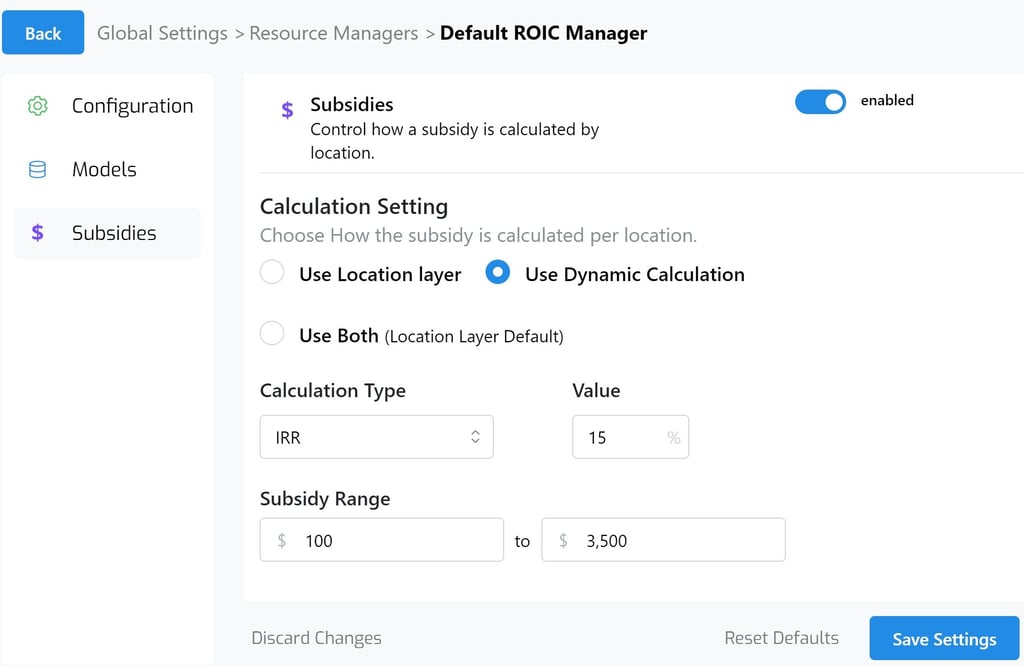PROJEKTE
Leading U.S. Telco Accelerates Closing Digital Divide with Integrated Utilization of Government Funding
Altman Solon used Arrow by Altman Solon in a recent partnership with a leading U.S. telco provider to develop a grant bidding strategy, organizational capacity, and software capabilities to most effectively win government subsidy funding and allocate resources to reach underserved communities.
Challenge
The U.S. government has taken several steps to fund the expansion of broadband access in underserved areas, including initiatives like the Connect America Fund, the American Recovery and Reinvestment Act of 2009 (ARRA), and the Broadband Equity Access and Deployment Program (BEAD). However, accessing this funding can pose challenges for broadband providers, given their complex application, regulations, and requirements. As providers navigate the nuances of each state’s application process, individual program designs can be difficult to comply with, particularly for those with limited Outside Plant Engineering and Project Finance expertise.
Our client sought guidance in developing a rural broadband expansion strategy focused on leveraging available government subsidies to meet their network build return requirements.
Solution
Altman Solon utilized Arrow by Altman Solon, its proprietary network planning tool, and partnered with the U.S. telco provider to develop an effective bidding strategy, grant application process, organizational structure, and software capabilities that serve the ultimate goal of closing the digital divide.
Strategy
At the outset, the Altman Solon team aligned the provider’s broader expansion plans with individual state application programs to understand how program rules impacted the financial viability of grant builds. Leveraging Altman Solon’s proprietary Arrow tool, the team modeled network builds that were used to identify the universe of both grant-eligible locations and adjacent non-grant-eligible locations which meet return on investment targets when taking into account potential state subsidies. This universe of attractive locations served as the basis for defining the potential growth opportunity for the client.

The illustrative example above summarizes how subsidies can improve the scale and economics of a project within a single wire center. Targeting a minimum of 6% internal rate of return (IRR) for every location passed as a measure of financial viability, a project with no subsidy can reach 1,630 premises with an overall project IRR of 8.6% and average CAPEX per premise passed of $1,542. When considering subsidies to the ~150 locations eligible for subsidy in the same area the number of financially viable premises increases to 3,057 with an overall project IRR of 11% and an average CAPEX per premise of $2,424.
Leveraging subsidies in an integrated manner becomes apparent when assessing route design and the larger geography that can be served. Using Arrow, the 150 locations that are subsidy eligible result in an additional 1,280 unsubsidized premises reached – or over 35% of the service area locations:


Process
To improve the client organization’s ability to execute against grant opportunities, the Altman Solon team developed a detailed process to understand the requirements of each state’s program to ensure the application creation was integrated with other existing processes, including understanding which locations are independently attractive for service expansion. This entailed developing the correct set of modeling inputs, teams to coordinate with, and processes to manage to ensure deadlines are met.
Organization
The provider also formed a new group focused on state funding programs with trained personnel developing initial OSP engineering designs, through leveraging Arrow, and the financial and regulatory detail needed for a successful application.
Software Capabilities
Arrow by Altman Solon’s platform, which the provider has been using for several years for fiber-to-the-home expansion planning, was enhanced to provide the proper analysis and organization to support the client’s bidding strategy. At its core, Arrow is a financial optimization and pruning engine for devising the most cost-effective service area, including revenue and cost for individual locations. The proposed design is then refined based on financial and/or operational targets.
Arrow now provides the ability to define an expansion plan for a subsidy program. This involves:
- Fixed amounts to every location earmarked for a subsidy
- The amount required for each subsidy location given a target IRR
- The percentage of the allocated cost for each subsidy location passed

With this new input, Arrow can rapidly develop the required subsidy amount per eligible location and the additional supporting materials, including location-level financials, geospatial plan design, and bill of materials.
Results
By adopting a new integrated approach and including BEAD program applications as a core part of their overall expansion strategy, the provider was able to win millions of dollars in subsidies across multiple state programs. The provider was then able to make rapid strategic & capital allocation decisions with confidence that their new network builds would meet financial objectives while helping to close the digital divide across the 20+ states in which they operate.